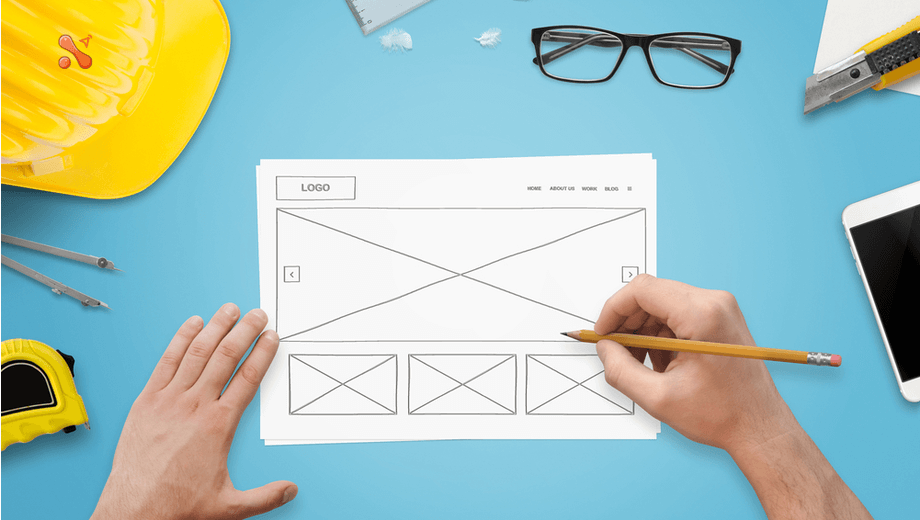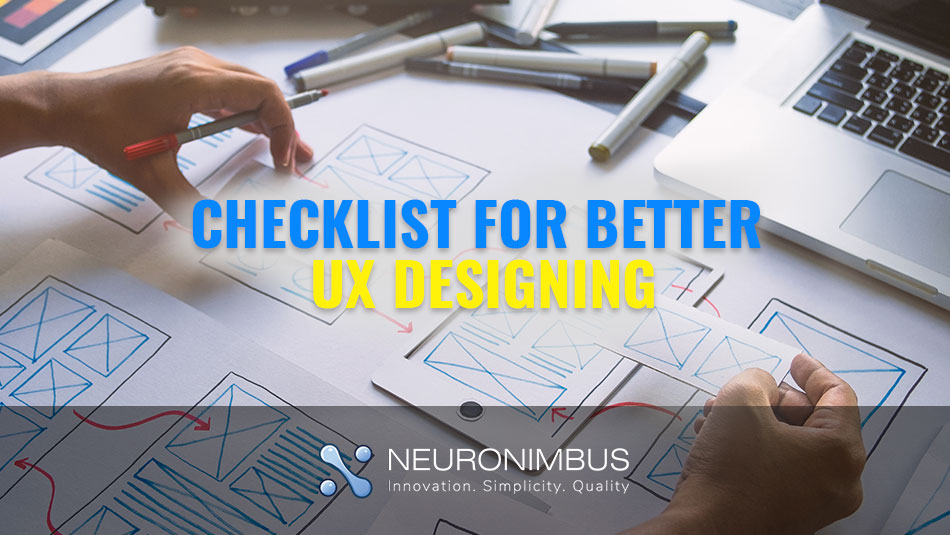User interaction (UI) & user experience (UX) designers majorly depend on their technical skills and artistic capabilities to get their job done. If these designers are capable enough, the users of the products developed by them shall not even notice how smoothly they are able to move through a website or an application. Delivering seamless experiences and facilitating improved interactions is the core aim of UI and UX designers.
Even though a lot of people use the terms UX and UI interchangeably today, it is crucial to understand that they are actually quite different elements. UI basically involves whatever a user sees on the screen, which may include graphics, texts, icons, or even any moving objects. UX is majorly focused on how the online users interact with these UI components. A number of the same design tools and skills are needed for both of these categories.
Growth in the demand of UI and UX designers
A considerable surge has been witnessed in the demand for UI and UX designers in the job market over the last few years, and this trend is expected to be continued in the near future as well. As per Burning Glass, a company specializing in collecting and analyzing job postings, the demand for such professionals is expected to rise to 14.9% over the next decade. Modern business organizations require expert UI and UX designers who are capable enough to develop functional, next-gen mobile applications, websites, IoT interfaces, and so on.
Need of expert UI and UX design skills
The digital landscape has evolved quite a bit in recent years, and so has discerning online products. Modern users expect advanced features and experiences from discerning websites and apps. Hence, to build these products, UX and UI designers have to be extremely flexible and try to constantly evolve their skill sets. With technological advancements, UX and UI tools will constantly change and upgrade, and hence designers must be well-versed enough to identify the perfect tool for each of their projects.
Traditionally, it was the norm to export a design file and sent it over to the developer. While in certain cases there were long-drawn and tiresome reviews carried out between the design and development processes, in many situations the end products suffered as the designs were not properly implemented. However, as online products became more complex, designers and developers started to work with a more collaborative approach to deliver superior outcomes. Software like Figma especially enabled cross-functional teams to efficiently work on the same set of evolving assets. There additionally are several other tools present today that allow designers to communicate with the developers and competently share their vision. Certain tools are even able to translate designs into code. Conversely, one must note that even though these tools do play an important role in bridging the gap, they cannot do everything n their own. Proper communication, panache for innovation, design research, and other efficiencies are needed to build upon the capabilities of these tools.
In addition to technical capabilities, competent problem-solving skills and design thinking are vital for contemporary UI and UX designers.
Software UI and UX designers need to ace
-
- Adobe InDesign
- Adobe Illustrator
- Adobe Acrobat
- Adobe Photoshop
- Adobe Creative Suite
- OmniGraffle

Trending UI & UX skills for designers to win 2021
Wireframing and prototyping skills
A wireframe basically is a layout of a webpage that shows what interface components shall exist on the key pages. Designers must know how to denote various UI elements in diagrammatic forms, including CTA buttons, images, and menus. As the wireframes get approved, they shall have to work on mockups to test the process or concept. Typically, they have to be familiar with prototyping tools like Marvel or Invision for this purpose.
Coding skills
Even though UI and UX designers need not be experts in coding, they must have basic CSS and HTML skills that allow them to make minor website changes. These skills are important as it is highly likely that they will have to test and iterate website features swiftly while working on a project, and asking developers to help with every minor code change can be quite inconvenient. Basic knowledge of coding shall also help the designers to collaborate more efficiently with the software designers as they are likely to have a better understanding of software architecture constraints, and subsequently develop more realistic designs.
Analytical skills
Usability testing is not done even after a product is sent to production. UI and UX designers have to constantly monitor data in regards to product usability, and subsequently identify ways to improve the existing products, while also using that data to infer new ideas.
Contemporary UI and UX should additionally be proactive about meeting discerning challenges and have the ability to come up with elegant solutions for their major design problems.







